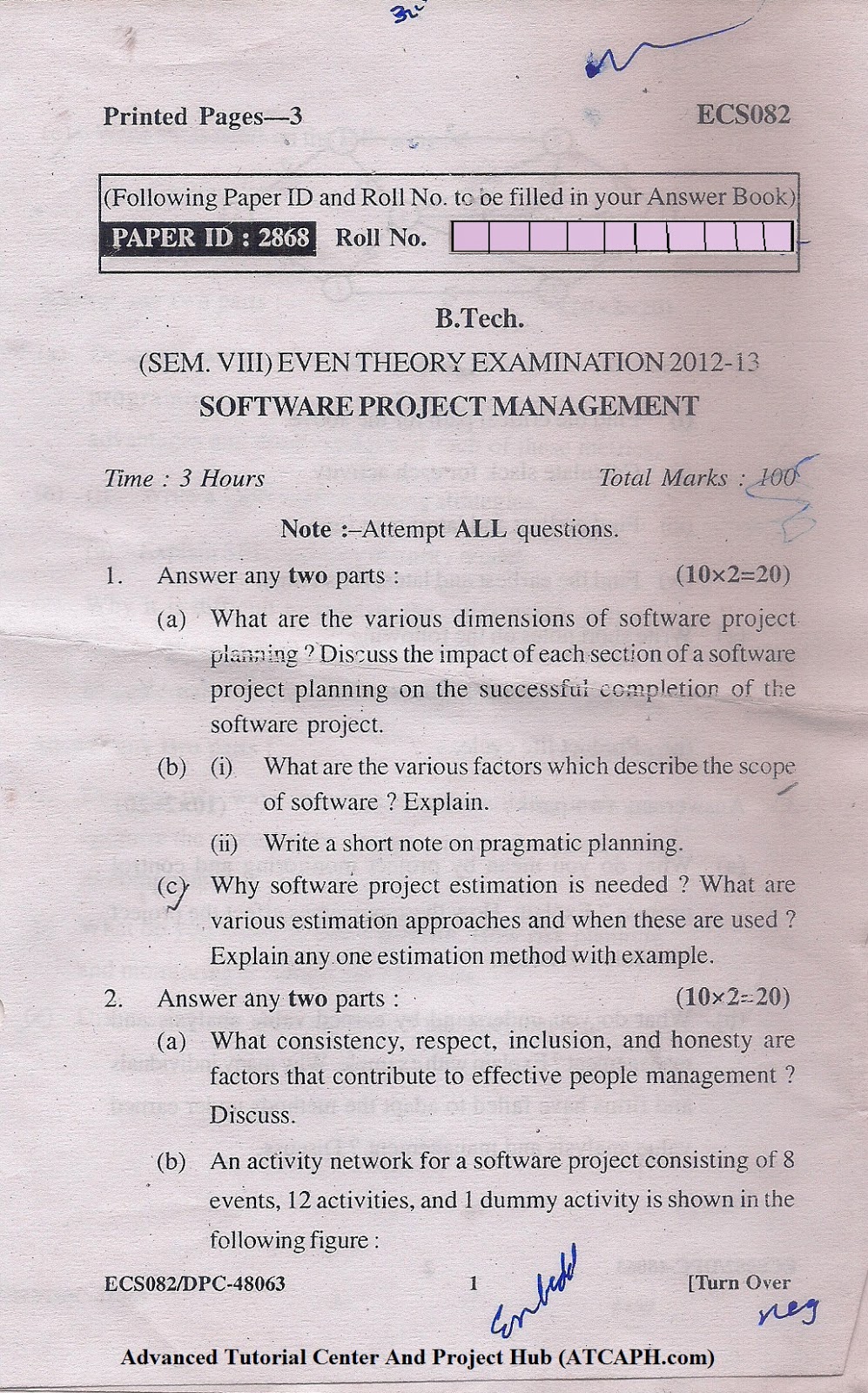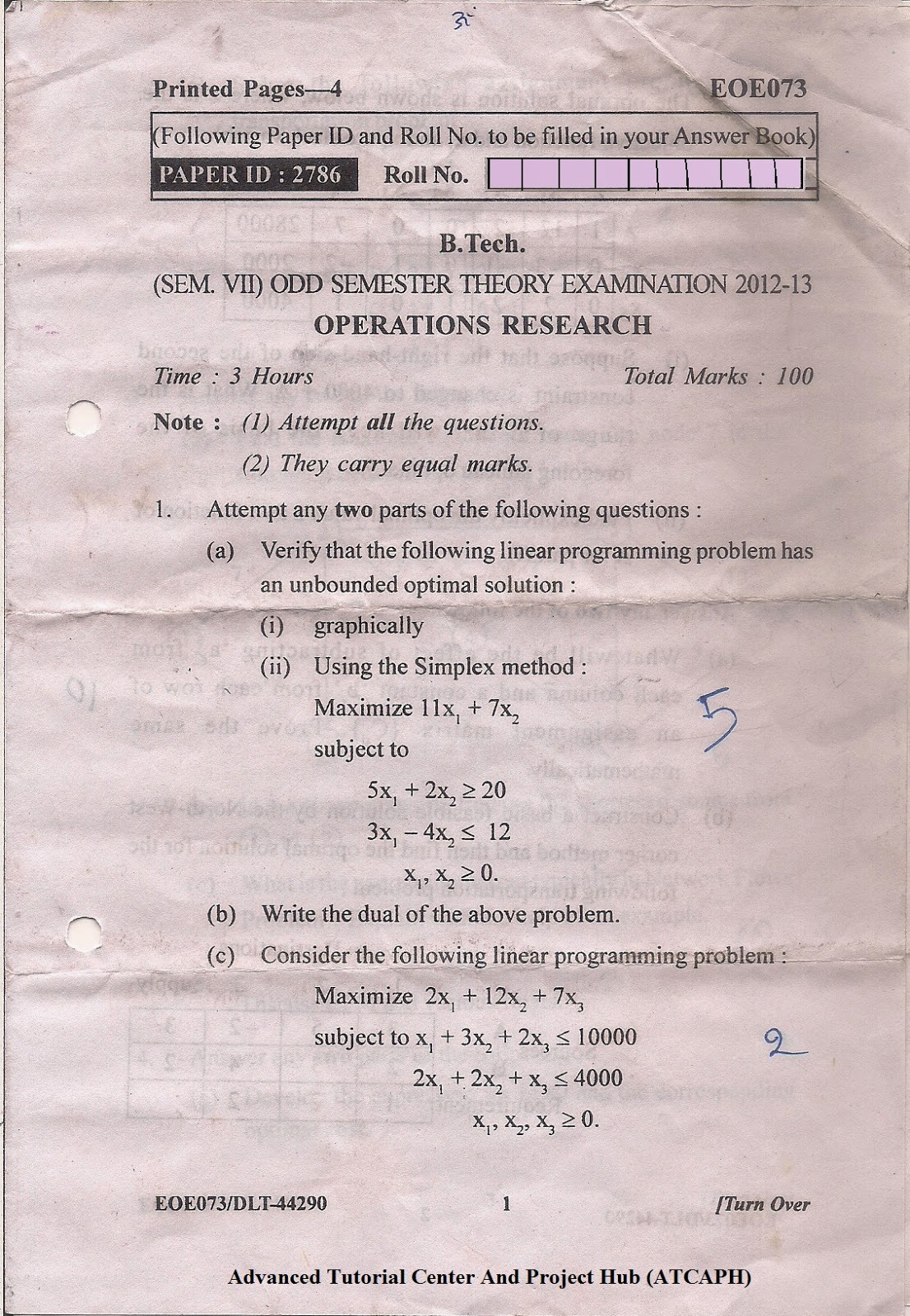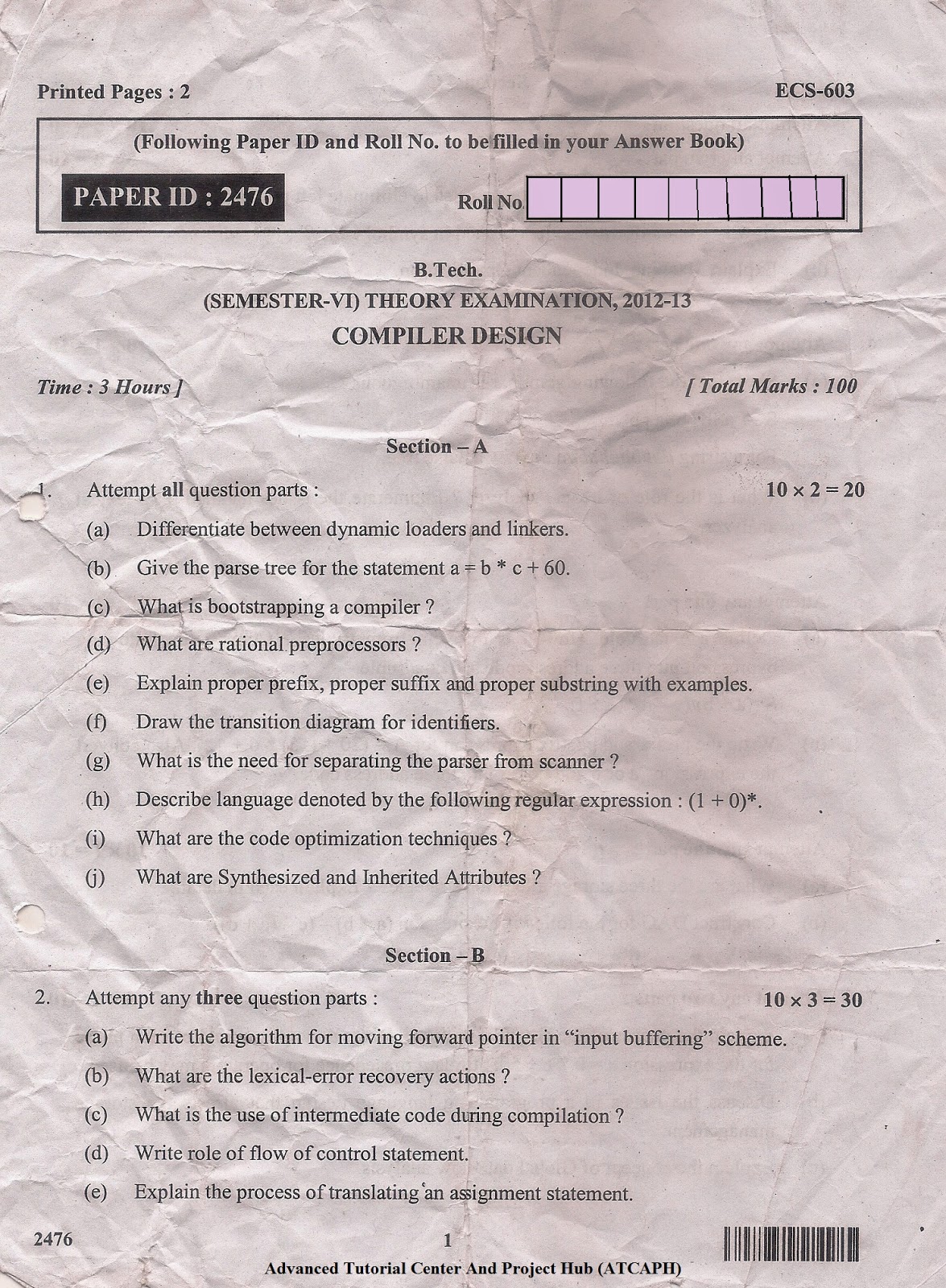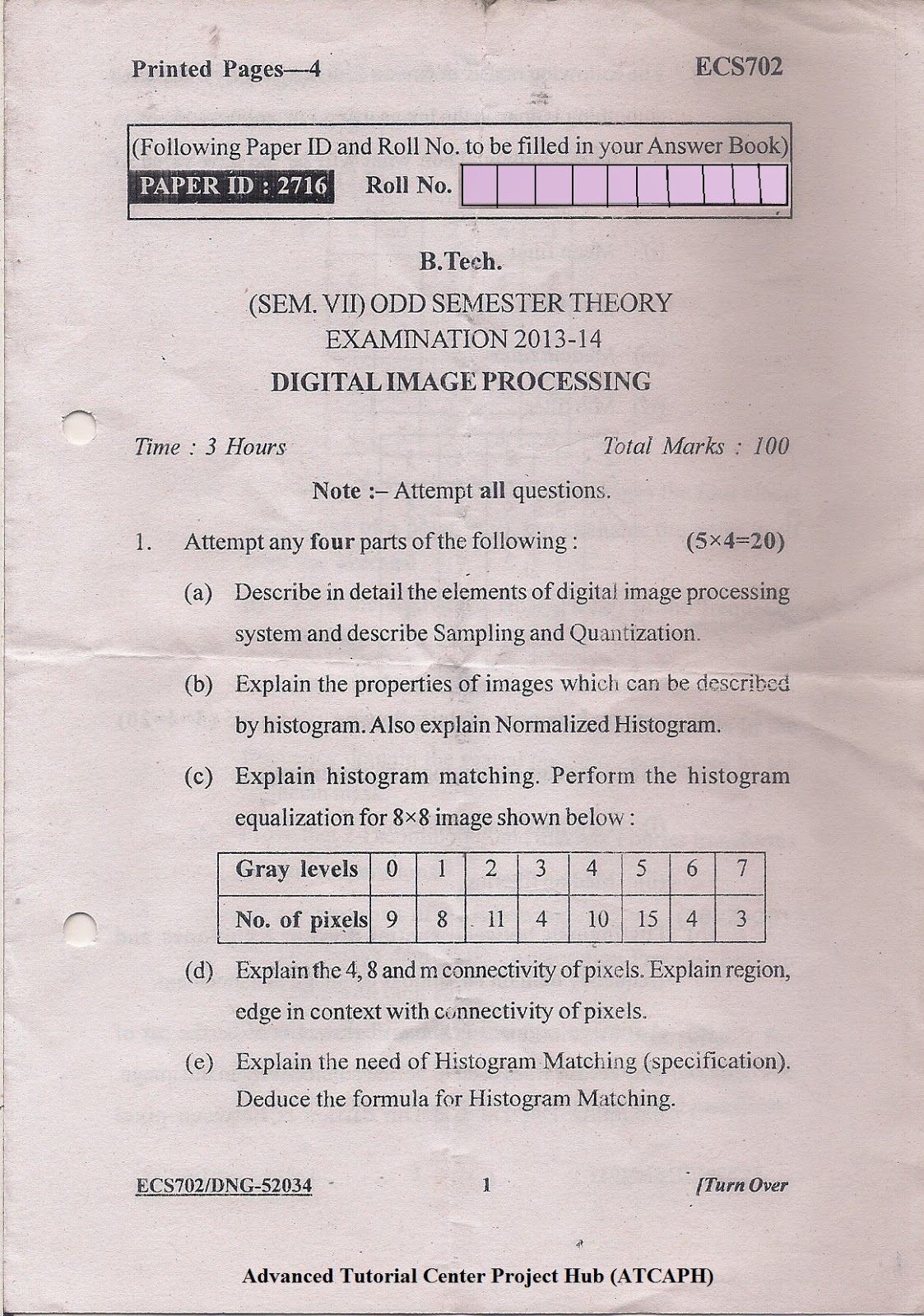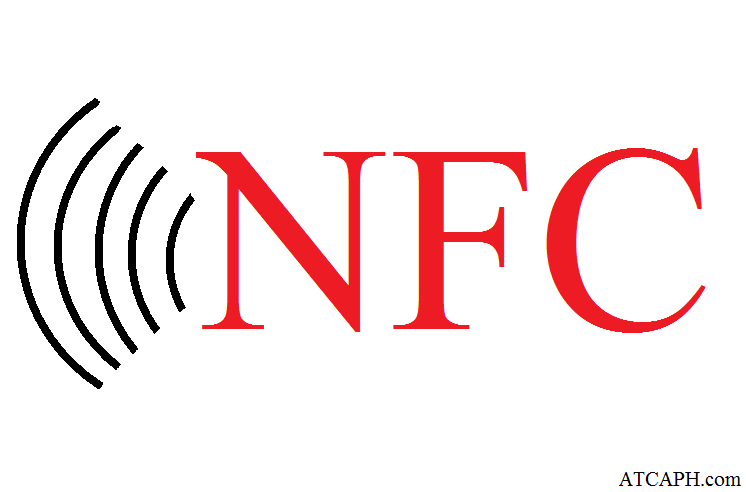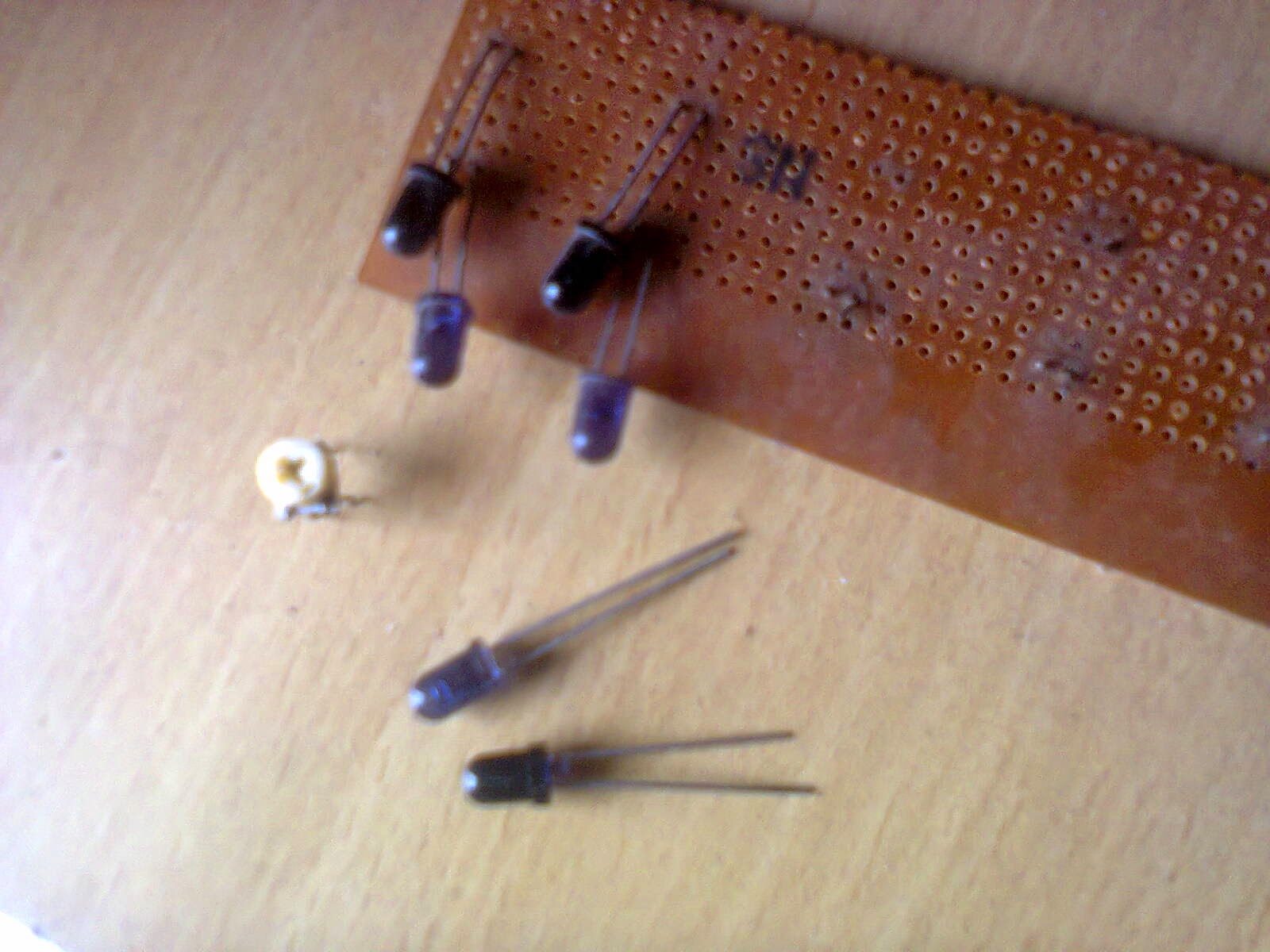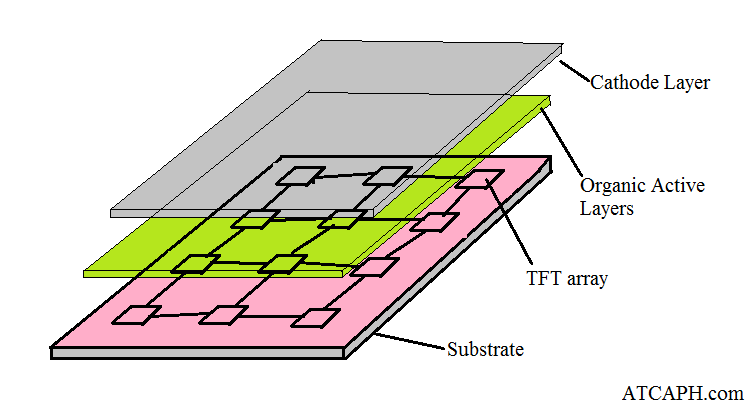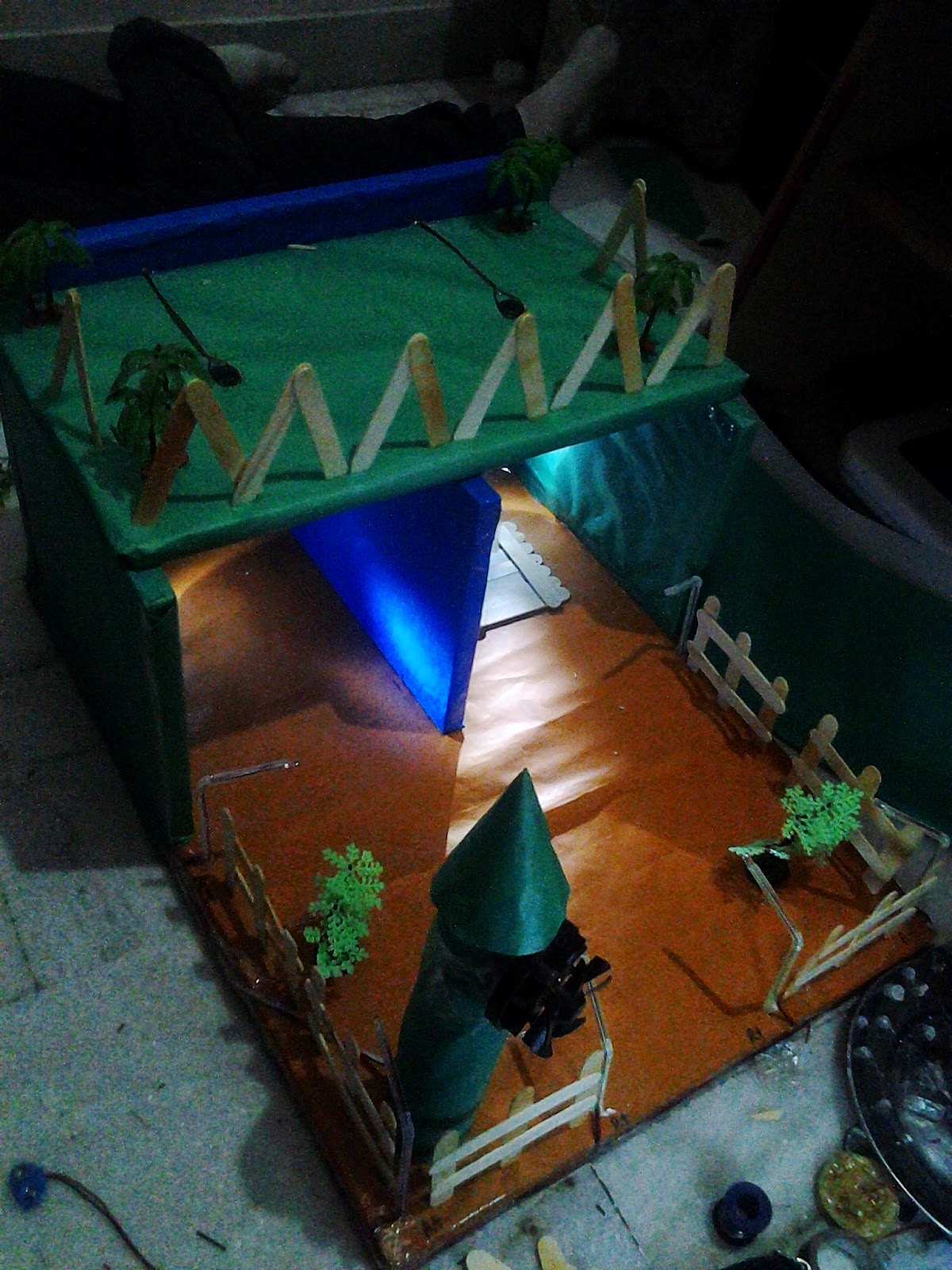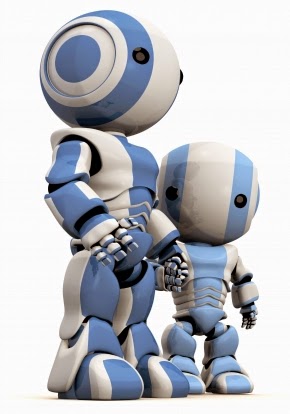MMS - Multimedia Messaging Service
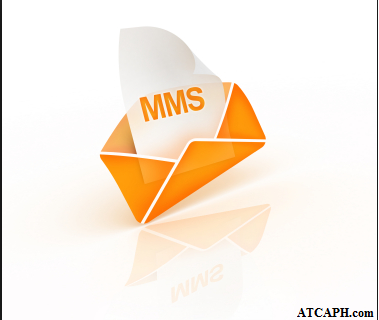
Multimedia Messaging Services (MMS) - Sometimes called Multimedia Messaging System - is a communications technology developed by 3GPP (Third Generation Partnership Project) that allows users to exchange multimedia communications between capable mobile phones and other devices. An extension to the Short Message Service (SMS) protocol, MMS defines a way to send and receive, almost instantaneously, wireless messages that include images, audio, and video clips in addition to text. When the technology has been fully developed, it will support the addition to text. When the technology has been fully developed, it will support the transmission of streaming video. A common current application of MMS messaging is picture messaging (the use of camera phones to take photos for immediate delivery to a mobile recipient). Other possibilities include animations and graphic presentations of stock quotes, sports news, and weather reports.
